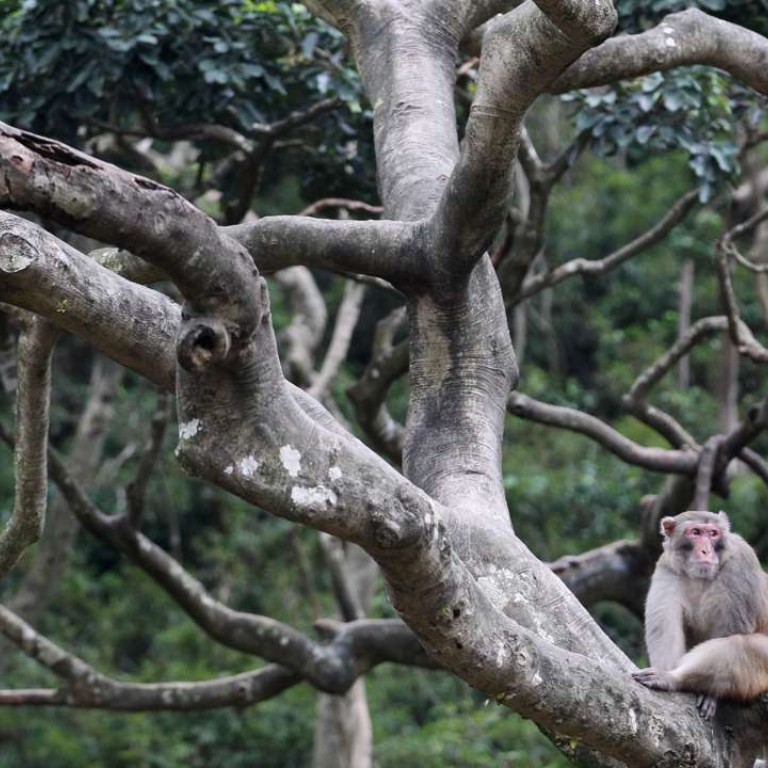
Book review: Imprint 15 – Hong Kong’s English-language publishing world is thriving
A beautifully written, sensitively edited, and entertaining read courtesy of the collective creative skills of Hong Kong’s writers, poets and artists

Imprint 15
Women in Publishing Society Hong Kong
Four stars
The Women in Publishing Society (WiPS) Hong Kong began as a networking group in the late 1980s, formally set up in 1990, and produces Imprint, an annual anthology of its members’ short stories, poetry and art. The latest edition, Imprint 15, is beautifully written, sensitively edited, and entertaining to read throughout.
Designer Katrin Hannusch has used Celia Claase’s fine photographs to give this 266-page anthology an eye-catching cover, while Polly Yu’s typesetting eases reading with simple page layouts of generous white space and in thoughtfully leaded text.
Academic-style footnotes and newspaper-style directory-to-story cross-references also suggest Imprint 15’s editor, Carol Dyer and her team of Susan Blumberg-Kason, Jennifer Frisinger, Sarah Merrill Mowat and Mary-Jane Newton have pored over their proofs. Thanks to their fine editing, perhaps, each Imprint story is simple, logical and entertaining.
The non-themed anthology soon reveals the geographic and professional diversity of its contributors. Rachel Andrews sets its pace by keeping readers on their toes with Trespass, which narrates a group of men entering a property watched by someone with a gun, but cleverly leaves readers deducing their context in a tidy, well-executed plot. Coco Richter uses simple, conversational language to express a deserted wife’s feelings in Mars and Pete, while Coonoor Kripalani ratchets the emotions of a lottery-winning domestic helper in The Lottery. Emily Ho also tugs at heartstrings when she conveys the camaraderie of two firemen in her engaging, three-hanky Two Heroes. However, Jennifer Deayton excels in The Overnighter, with an easy narrative, a subtle ending and vivid images of Sars, from a household to a newsroom and a poignant ending.
The anthology’s poetry is refreshingly expressive, but its depth might be missed among over 55 quick-read contributions. However, Elizabeth Vongsaravanh lyrically describes loneliness; Jennifer Eagleton reveals her gift for meter and language in Volcano Series, and Shona Jhujhnuwala exquisitely recalls “love’s fragrant embrace” in Into the Night.
Imprint’s Sense of Place section is a fine read. Psychologist Anne Hilty spent five years on South Korea’s Jeju island and reveals a vivid understanding of its traditions in Goddesses, Shamans and Diving Grannies. While many visiting writers might focus on the island’s colour and the ritual of a freediver’s funeral, Hilty looks beyond the travelogue to convey the grief of a sisterhood, and how it steels “to dive another day”.
Blumberg-Kason’s The Camp on Argyle Street describes her experiences as an International Social Services volunteer at the Kowloon Tong detention centre for Vietnamese. Her clear, flowing recollections might also remind long-term expatriates to put their own local memories to paper for posterity, and maybe contribute to Hong Kong’s unique local memory. Elsie Sze’s A Long Goodbye is a powerful, and perhaps therapeutic tribute to her mother, and the author’s reaction to her dementia.
Meanwhile, Dyer memorably combines her insights as a pharmacologist, medical editor, and long-term Hong Kong resident to offer entertaining and well-researched insights into the wild monkeys of Kowloon; their immunity to strychnine; and their long-ago links to a passing circus troupe from China. She then explains how feeding the monkeys on walks encourages the apes to multiply quicker, and forage in people’s homes.
In the art section, Meenakshi Gupta reveals feather-like brushwork and an eye for light in her acrylic Vermilion Flycatcher, and Christine Bruce’s etching Quills is a thoughtful tribute to writing. Photographer Melody Kemp and artists Eileen Cheng, Guilda Kabalan and Joanne Wong are also featured, but critics might wish they had been limited to one picture each, to give more space to the Wips Young Writers’ Competition.
Its winning entry, The Paradox with Fate, is a prodigiously gripping study of time travel by Annie Chan, a 14-year-old cellist from Maryknoll Convent School. Such quality suggests Wips might have also published the entries of their second- and third-prize winners, Rachel Tong, also of Marryknoll Convent School, and Gabrielle Luk of St Paul’s Co-educational College. This might have recognised more young, local writing talent, and acknowledged that behind every promising author lies an encouraging parent, a good teacher, and perhaps a cup of tea.
Seeing one’s story in print can also hatch a lifetime’s vocation. Long ago, an aspiring writer just missed a competition’s top prize, but was acknowledged, encouraged, and yearned to join a newspaper. He ended up writing book reviews for the South China Morning Post. Including this one. Imprint 15 shows Hong Kong’s English-language publishing world is thriving well.

